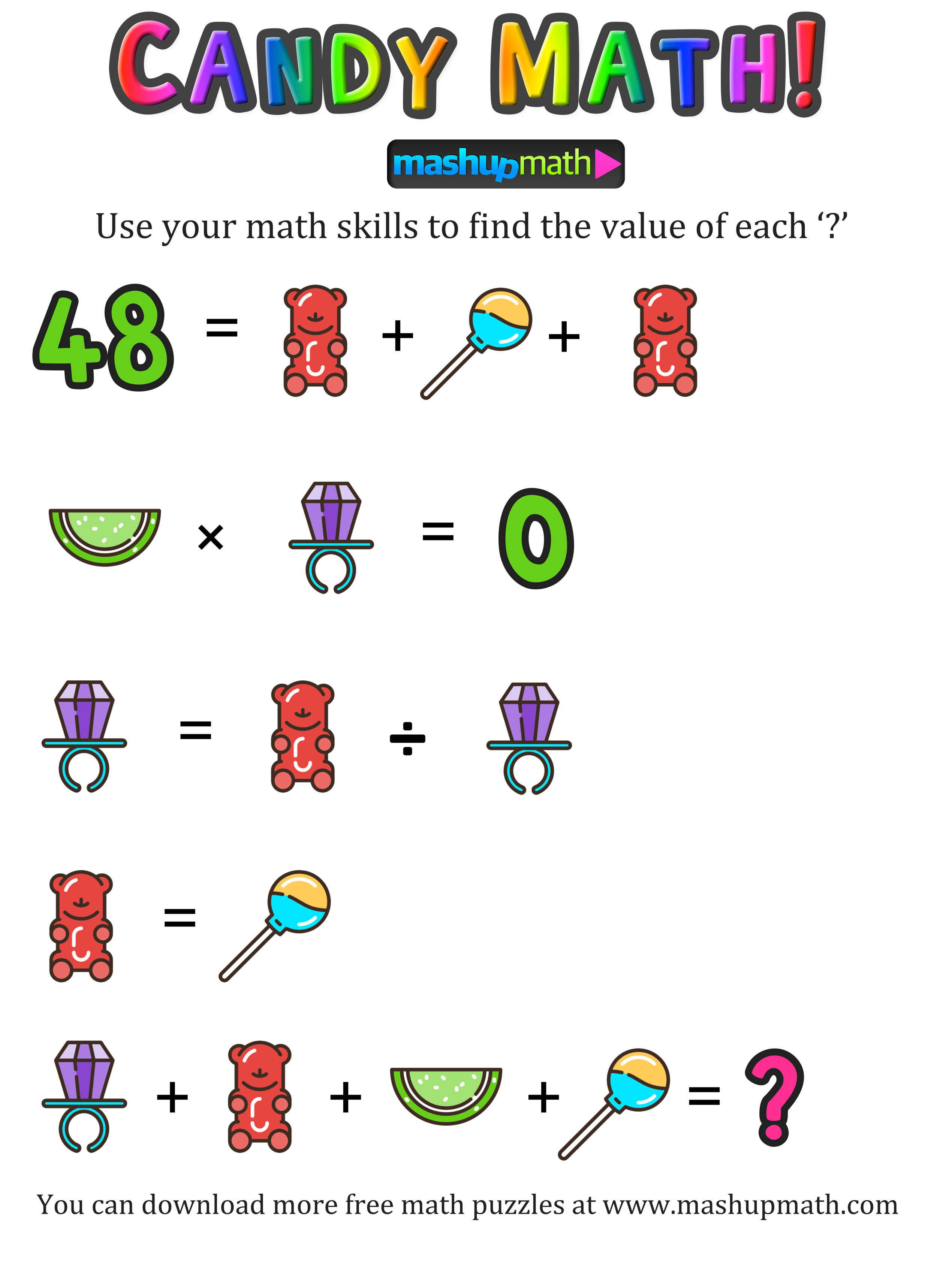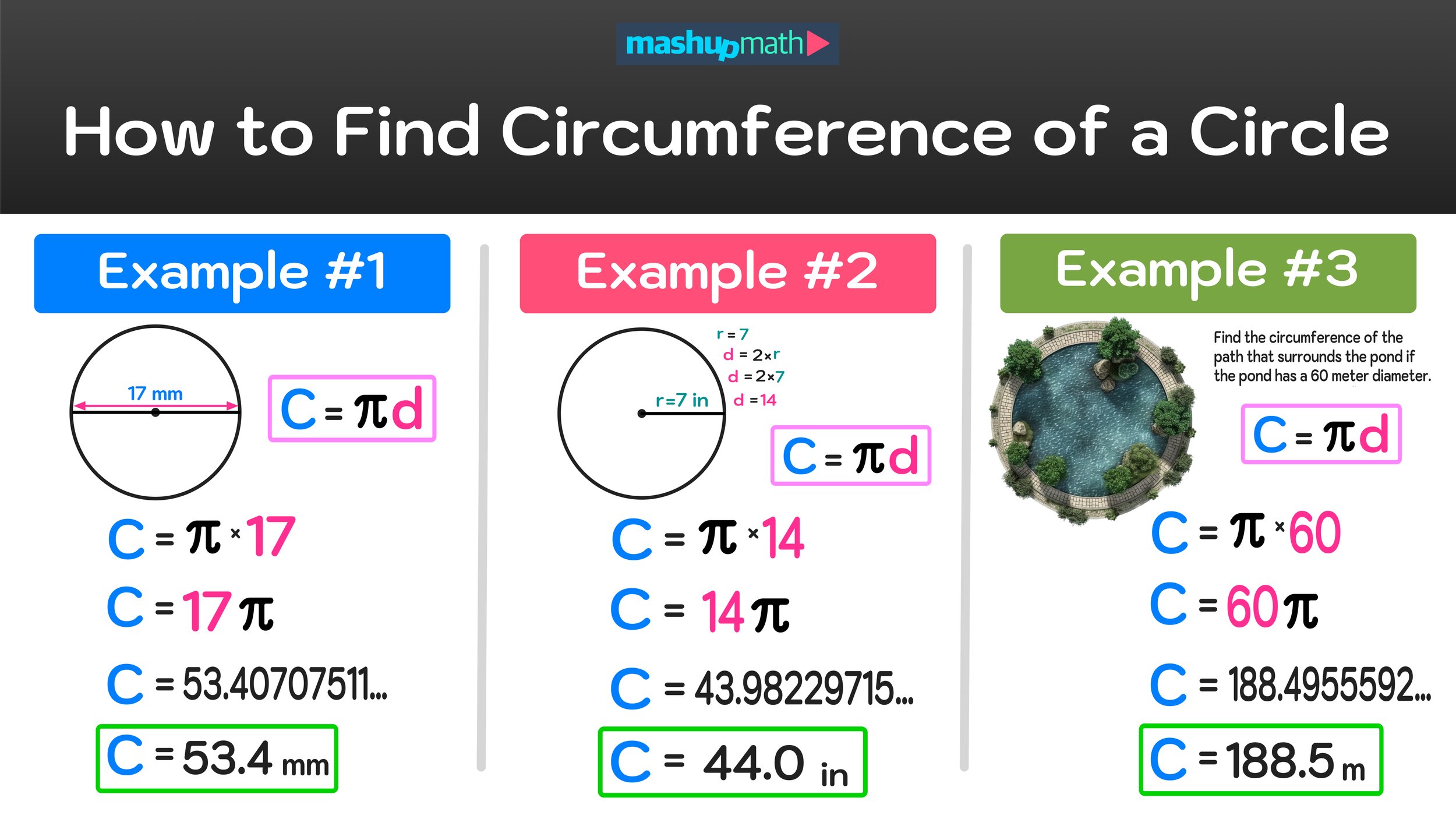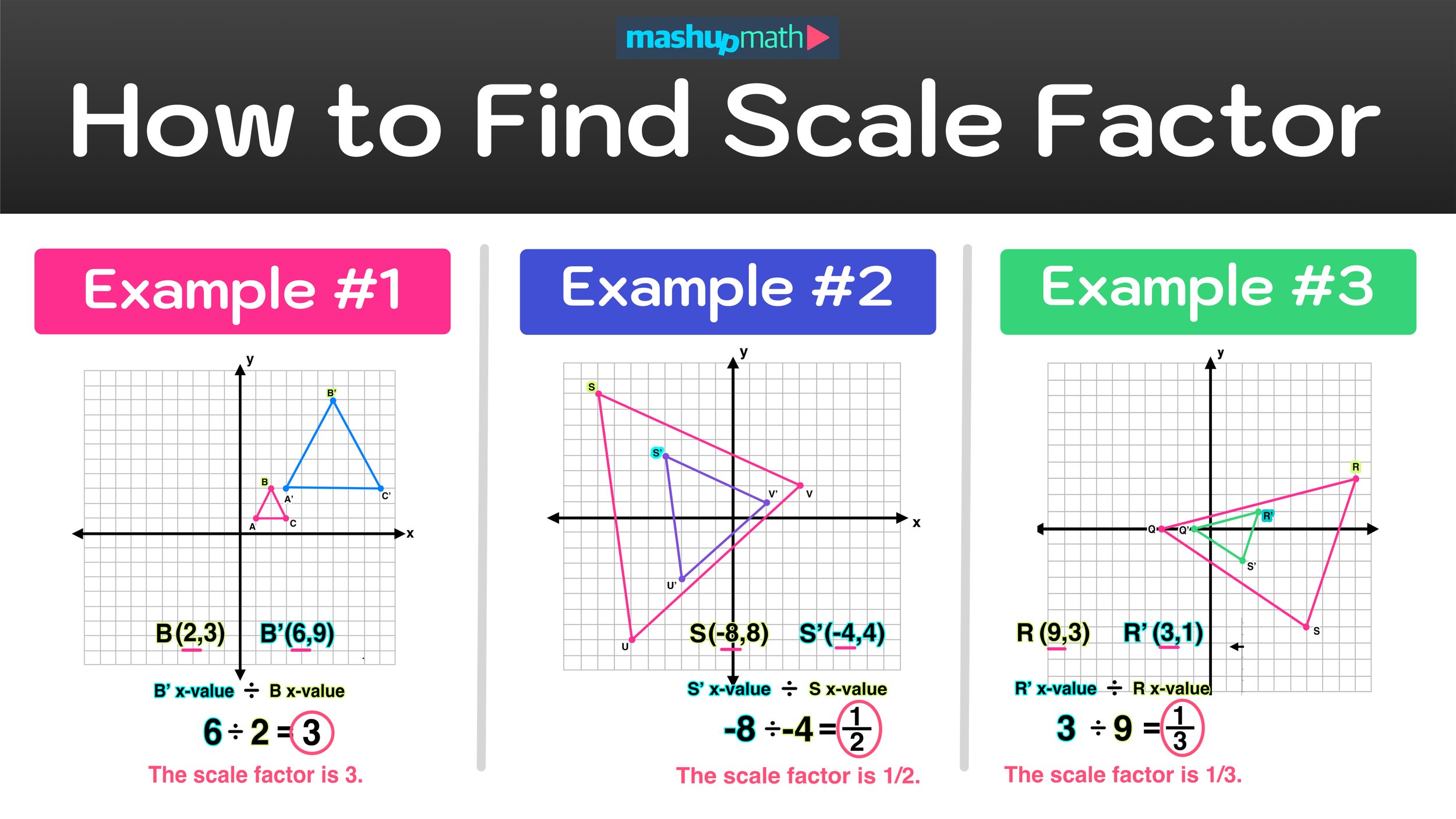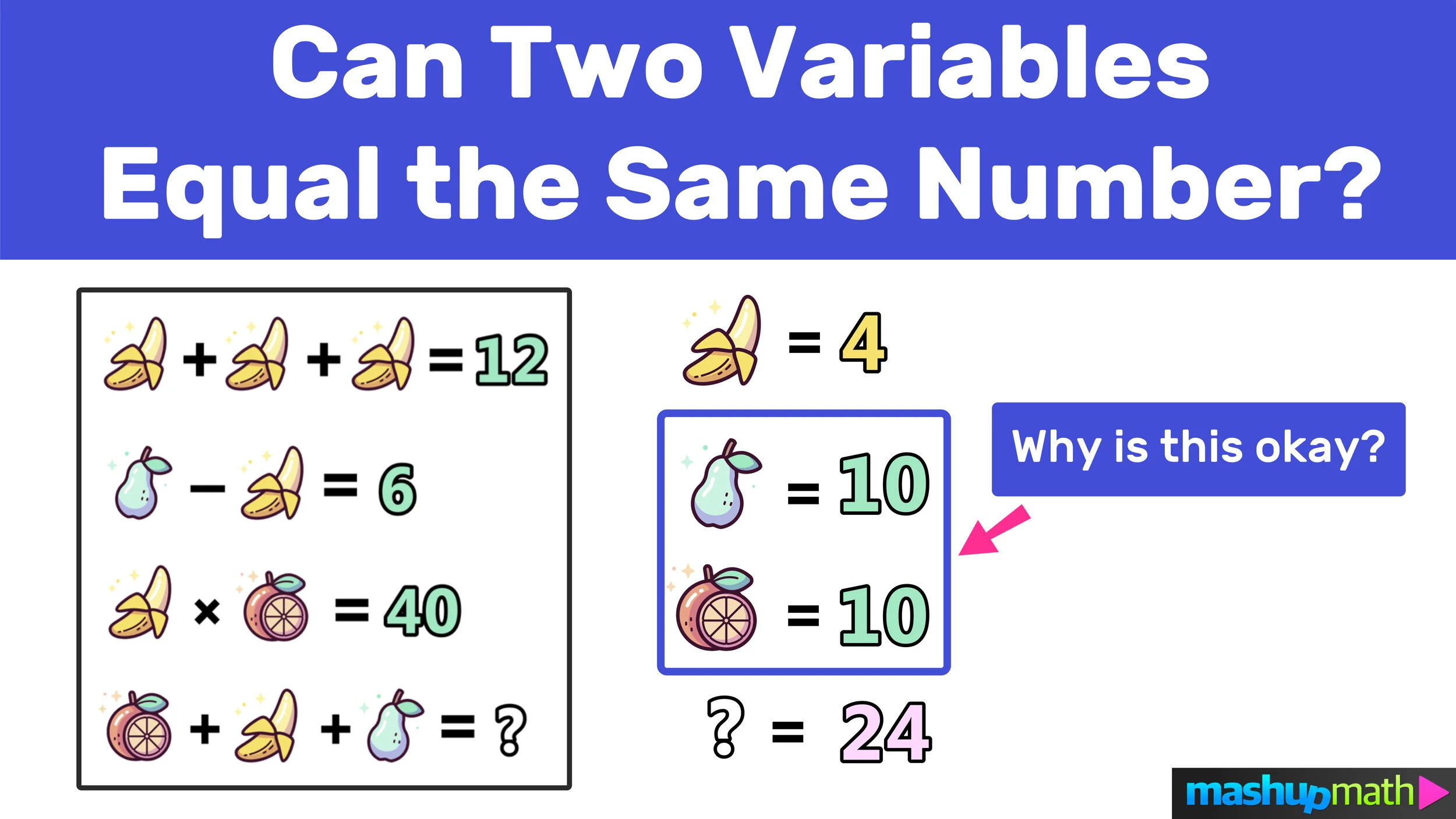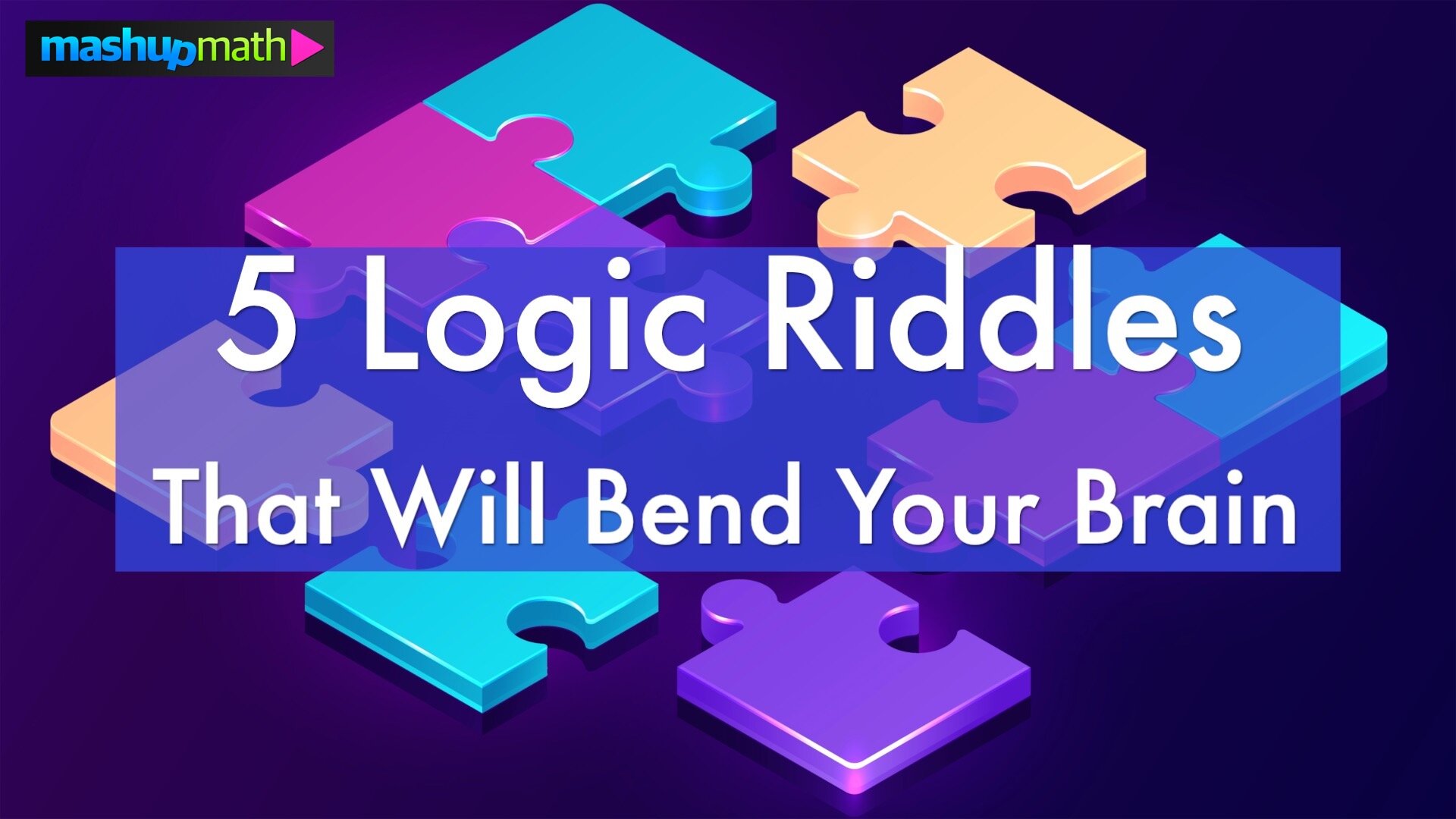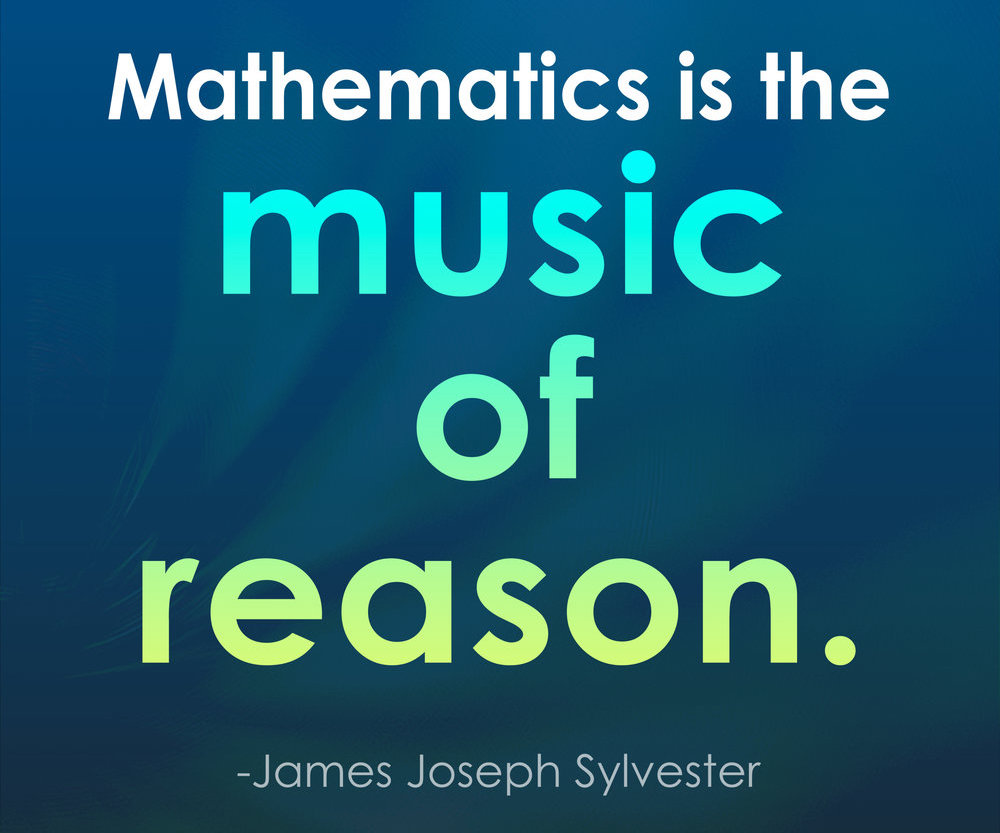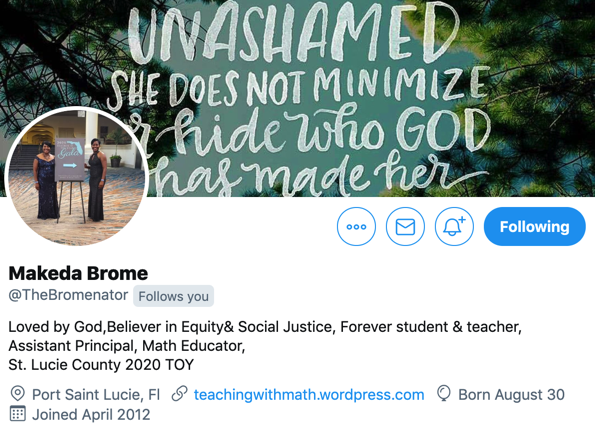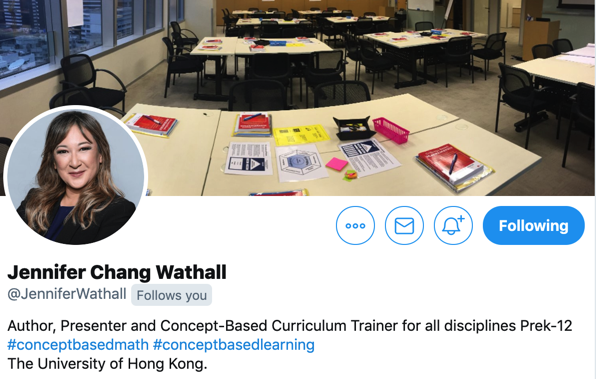Candy Shop Math Puzzles for Grades 3-8
Are your students ready for a challenge?
The following free math puzzles and activities are samples from our best-selling PDF workbooks 101 Daily Math Challenges for Engaging Students in Grades 3-8 and 101 Daily ‘Which One Doesn’t Belong ?’ Math Activities. Enjoy!
Are you ready to channel your kids' enthusiasm for candy into learning math?
Working on math puzzles will give your students a unique opportunity to think creatively, critically, and deeply about math, which boosts the development of problem-solving skills and strategies.
So, go ahead and share these activities in your classroom and watch your student engagement skyrocket!
The activities are printable and make great warm-up and/or cool-down activities for students in grades 3-8.
How to Download: You can download the activitiess by right-clicking on the image and saving it to your computer or by dragging-and-dropping to your desktop.
Activity #1: Find the value of the '?'
Use your math skills to find the value of each icon.
Gummy Bear=16
Lime Gummy=0
Lolipop=16
Ring Pop=4
? = 36
Hint: Since the gummy bear and lolipop are equal to each other, then are interchangeable.
Are YOU looking for some super fun daily math puzzles for your students in grades 3-8? Our best-selling 101 Daily Math Challenges workbook is now available as a PDF download!
Activity #2: Which One Doesn't Belong?
Remember that WODB? activities are meant to spark mathematical thinking and discussion and do not have a single correct answer.
Want to learn more about how to use WOBD? math activities with your kids? click here
Tip: Have your kids justify their thinking in writing!
Are YOU ready to start using WODB math activities with your kids? You can now get our best-selling PDF workbook with over 100 printable WODB activities!
You Might Also Like…
How will you use these math puzzles with your kids? Share your thoughts and suggestions in the comments section below!
(Never miss a Mashup Math blog--click here to get our weekly newsletter!)
By Anthony Persico
Anthony is the content crafter and head educator for YouTube's MashUp Math and an advisor to Amazon Education's 'With Math I Can' Campaign. You can often find me happily developing animated math lessons to share on my YouTube channel . Or spending way too much time at the gym or playing on my phone.




